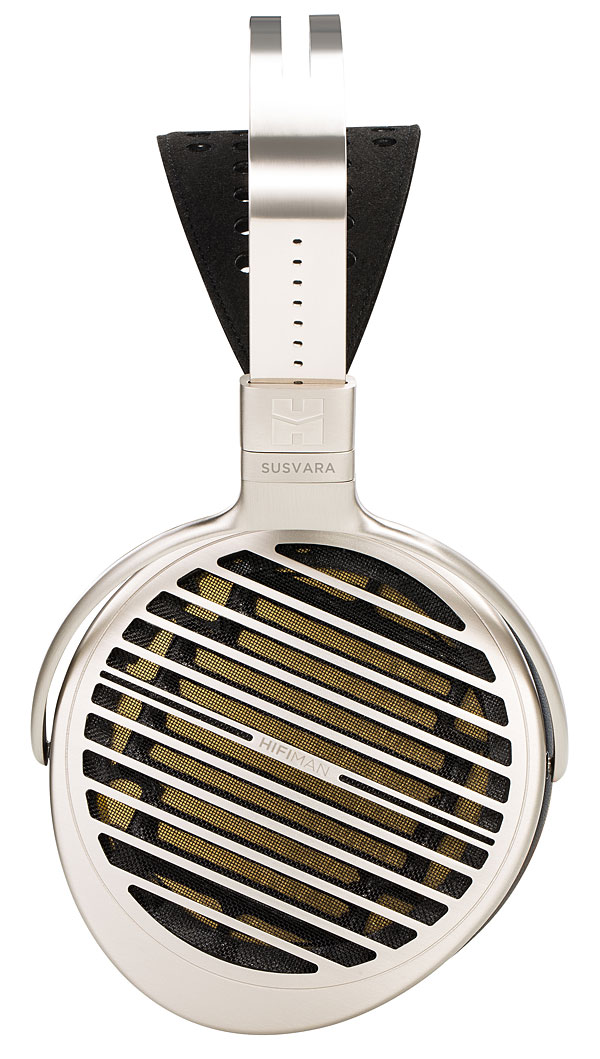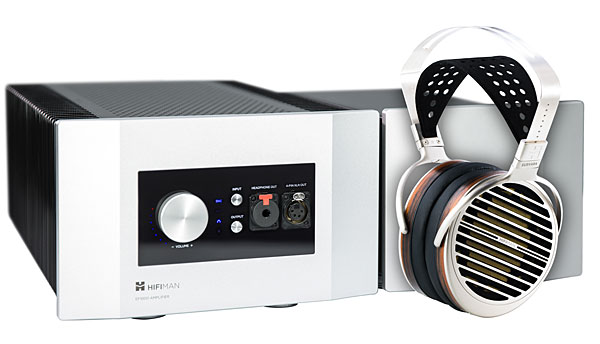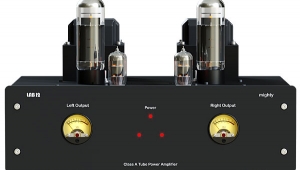| Columns Retired Columns & Blogs |
"....the Rogue RH-5 ($2495) is currently the best amp I have for driving the Susvaras. It has the gain, the raw power, and the wide-open tube liquidity the Susvaras require to achieve the full force and flower-like beauty of their sound."
Given that it's six times(!) cheaper than the HiFiMan amp, and the Susvaras can achieve (apparently) their full/best sound with it, why spend the extra $12500?










































